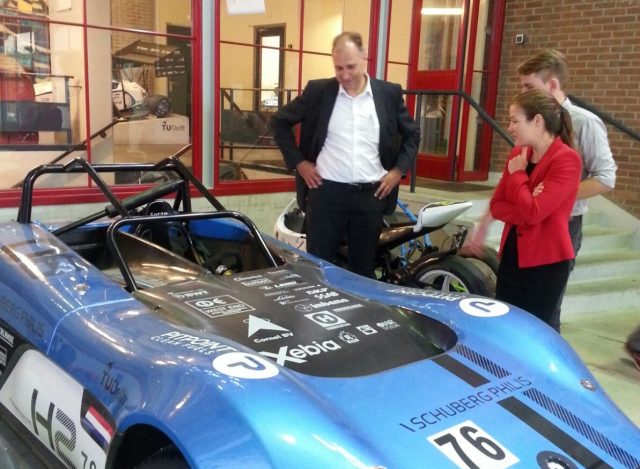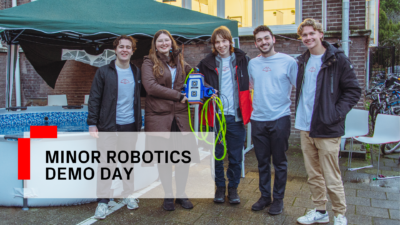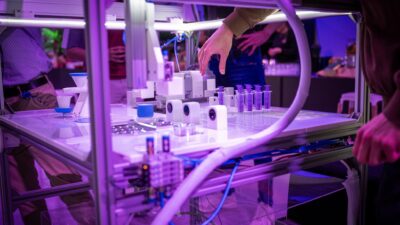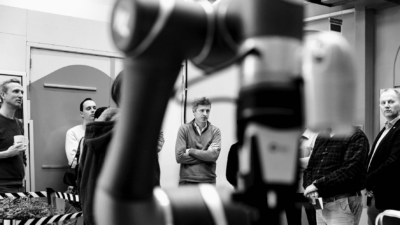He built his first robot as a teenager. It was a machine made from metal components. To build it, he developed the mechanics, driver electronics and software needed for control. That was in the eighties. Now, thirty years later, Dr. Andreas Keibel is Business Development Manager for Healthcare Robotics at KUKA, the leading European producer of robotic systems. Dr. Keibel visited RoboValley this week and shared his thoughts on the development of robotics.
“Nowadays, getting a robot arm to just move on a given path is no longer a challenging scientific task, like it was in the eighties”, Dr. Keibel says. “The challenge is controlling the highly interdisciplinary scenarios of entire applications, where the robots are only a piece of the game. And that is about software. The meaning of ‘robotics’ changes from providing a dynamic-mechanical structure including its motion controller, to understanding, orchestrating and control complex applications including robots or even more complex mechanical articulated structures.”
“Of course, the engineering of, for example, highly sophisticated light-weight systems which must meet specific requirements can still be a big challenge and might need deep research. One important challenge in the development of software is about making the robots more cognitive and learning and more robust about unexpected situations.”
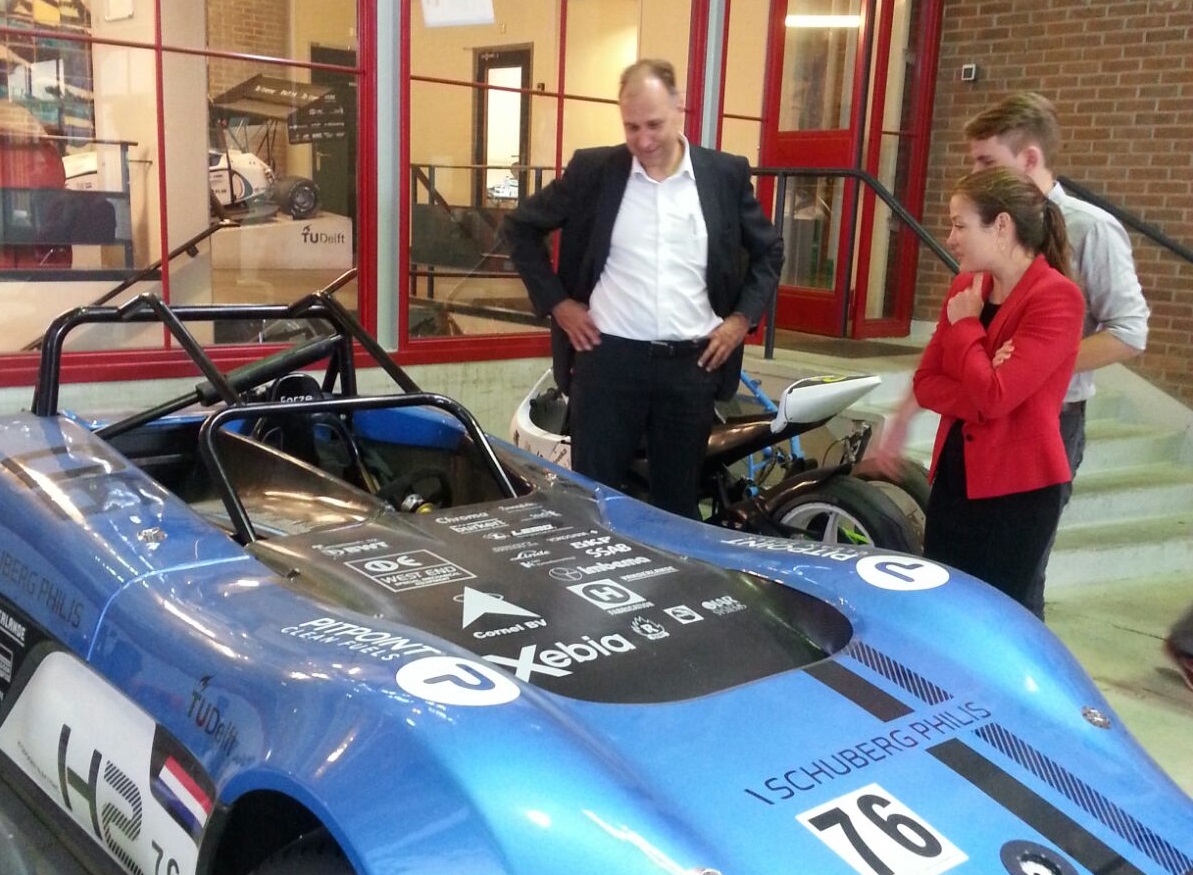
IIWA: Intelligent Industrial Working Assistant
That is the case in healthcare robotics as well. Dr. Keibel’s specialities at KUKA are hospital-automation, radiation therapy, neuro rehabilitation, care- and sports-robotics. KUKA-robots are being applied to various fields of research. “We can provide state-of-the-art sensitive and haptic enabled robotic arms and – as the main challenge is the application – the users can just step into our robotic world and concentrate on their application.”
“We invite scientists who need robots for applications to look into our robots and find out if this fits their needs. If we are lucky, then there is much more time for the highly sophisticated applications of the future. With our IIWA robot, our Intelligent Industrial Working Assistant, we have achieved a very high standard of sensitive technology.”
Those high standards are necessary, because IIWA is all about human-robot collaboration. A robot has to be safe when it assists during a therapy session, for example. “That is only possible with the safe techniques that we have integrated into our robots.”
RoboValley
Dr. Keibel visited RoboValley, because of the developments that take place here in robotics. “I heard about RoboValley before, an excellence cluster that also works in the same area as we do: building intelligent robots. So it was about time to visit Delft. During my two-day visit there was not even a single boring moment. It was an exciting stay and we will definitely have follow up meetings.”
“I gained a very positive impression of the students, researchers and other employees who are working on robotics with so much enthusiasm. That enthused me as well! The standard is very high in RoboValley.” Dr. Keibel supports the mission of RoboValley to become a robotics hub. “I sincerely hope that you can achieve these goals.”
One of the locations Dr. Keibel visited was the Dreamhall, where the best students are working on several projects such as building racing cars, rockets and an exoskeleton. He describes the researchers as ‘world class’.
With so much enthusiasm from both sides, why don’t RoboValley and KUKA work together on some projects? “I see great opportunities for project-based cooperation”, Dr. Keibel says. “I am sure that a lot of things here are interesting for many people at KUKA, too. I will go back to Augsburg and tell my colleagues about this nice robotics place here.”
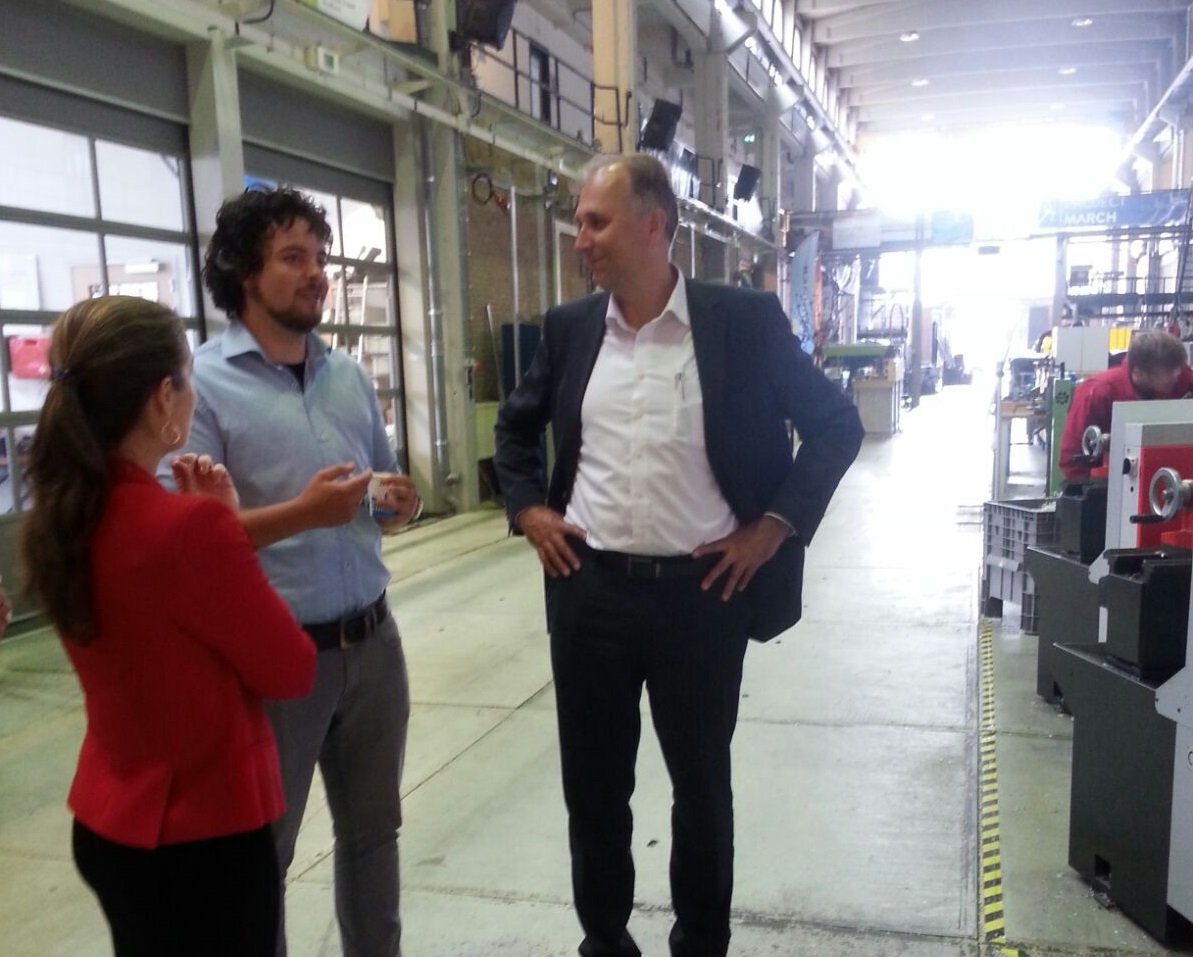
Deep learning
One of the things Dr. Keibel was impressed by was that robotics researchers in RoboValley also work on deep learning in relation to vision. Team Delft recently won the Amazon Picking Challenge with a robot arm that used deep learning. “This can be interesting for KUKA as well”, said Dr. Keibel. Part of KUKA is Swisslog, which also specialises in warehouse logistics.
“The trick is about software. Whether the robot is from KUKA or a university, they distinguish themselves by the application. What can they do? And how hard is it to train them?”
According to Dr. Keibel there will be a point in the future where the robot will come out of the factories and enter our homes. That requires the technology to make them much smarter: to let them see, observe and understand their surroundings. Deep learning technology might help here, if it can convince to be safe enough. “This will connect robots and accompany humans for decades to come.”
